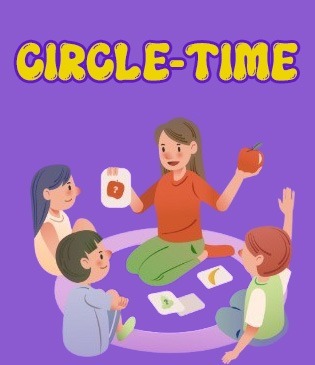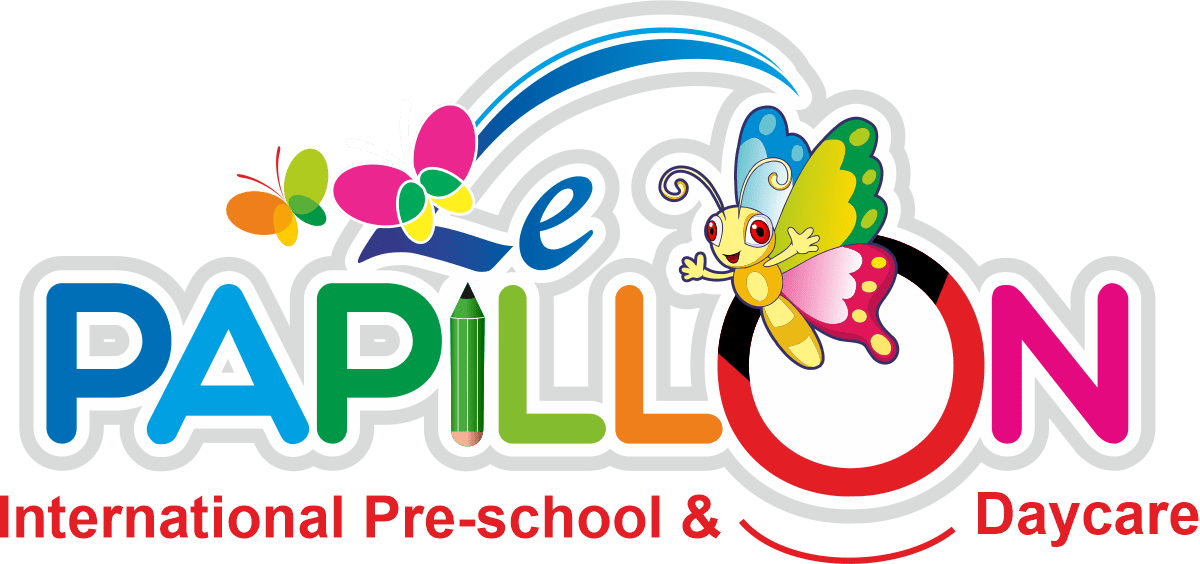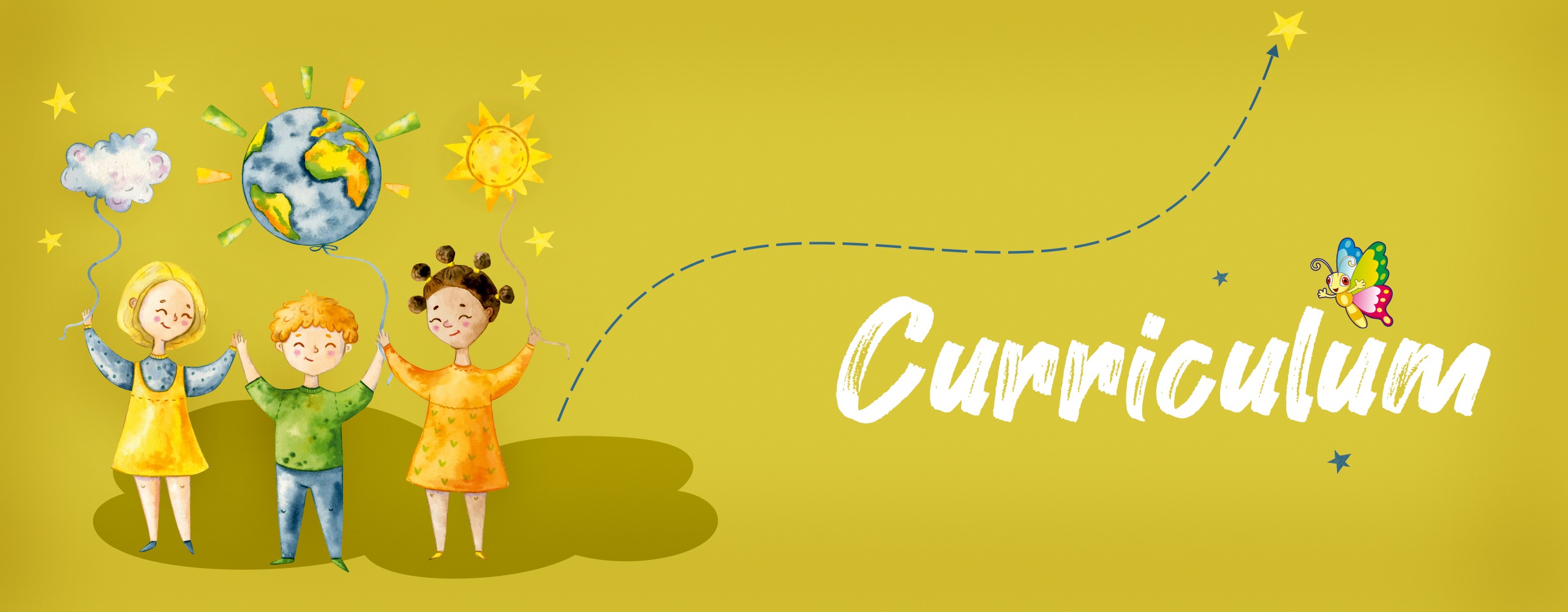
The Montessori Method
The Montessori Method developed by Dr. Maria Montessori is a child-centred educational approach that emphasises hands-on independent learning in a structured environment.

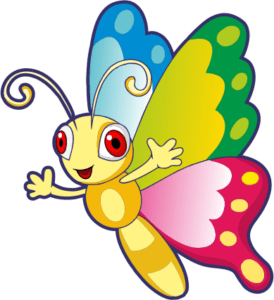
Child Centric Learning
- Each child learns at their own pace.
- Teachers observe and support learning than direct it.

Prepared Environment
- Classrooms are designed to be calm, orderly and filled with age appropriate learning materials.
- Open shelves with Montessori materials allow self selection by children.
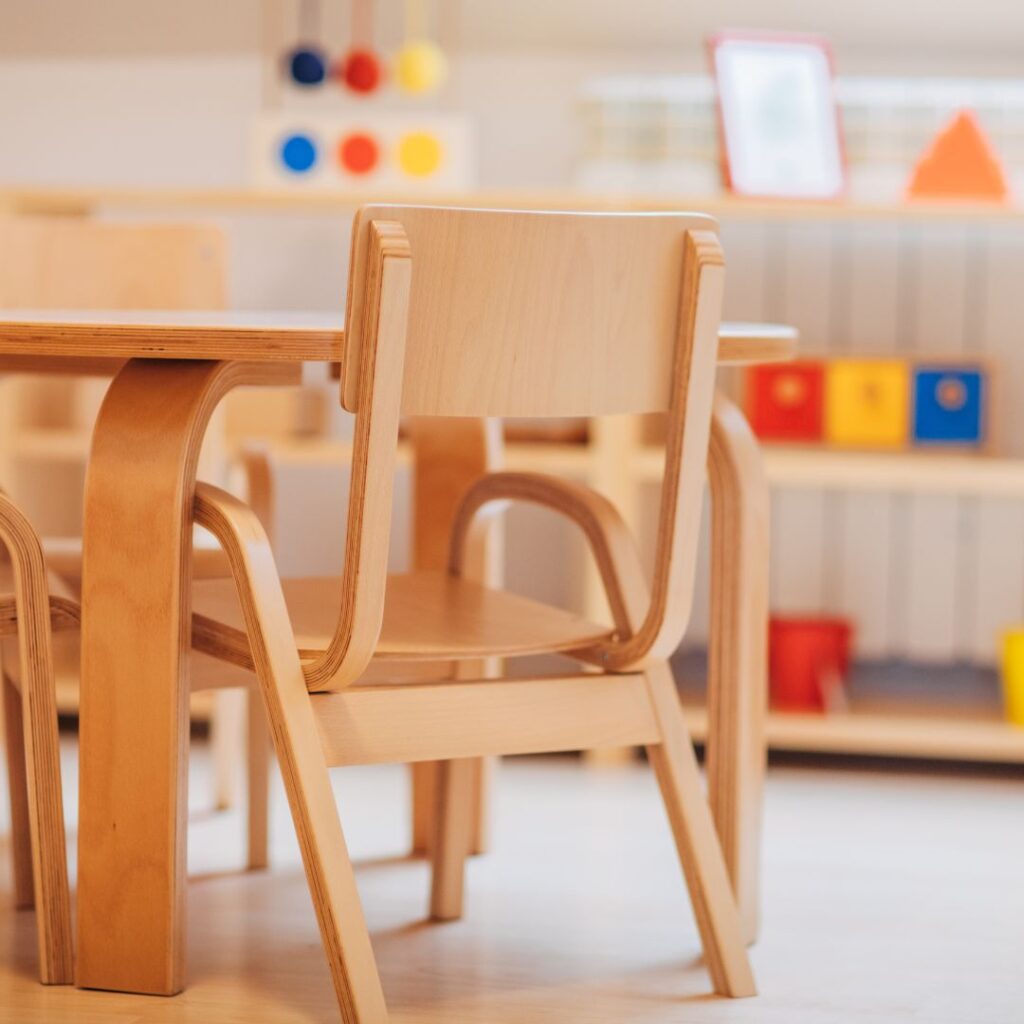
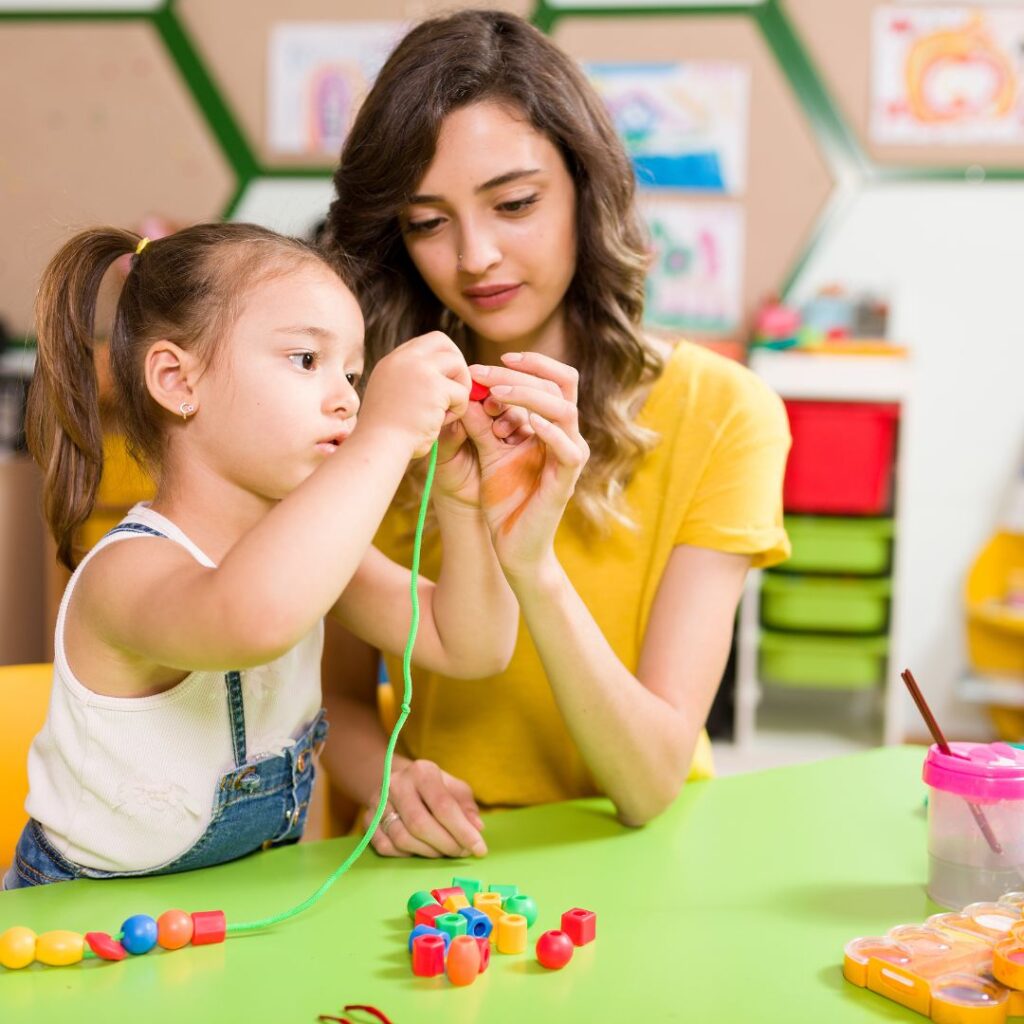

Hands-On Learning
- Emphasizes real-world, sensory based activities rather than rote memorization.
- Children use specialized Montessori materials for activities like pouring, sorting and counting etc.

Independence & Self Discipline
- Encourages children to complete tasks independently.
- Activities promote decision making, problem solving and responsibility.
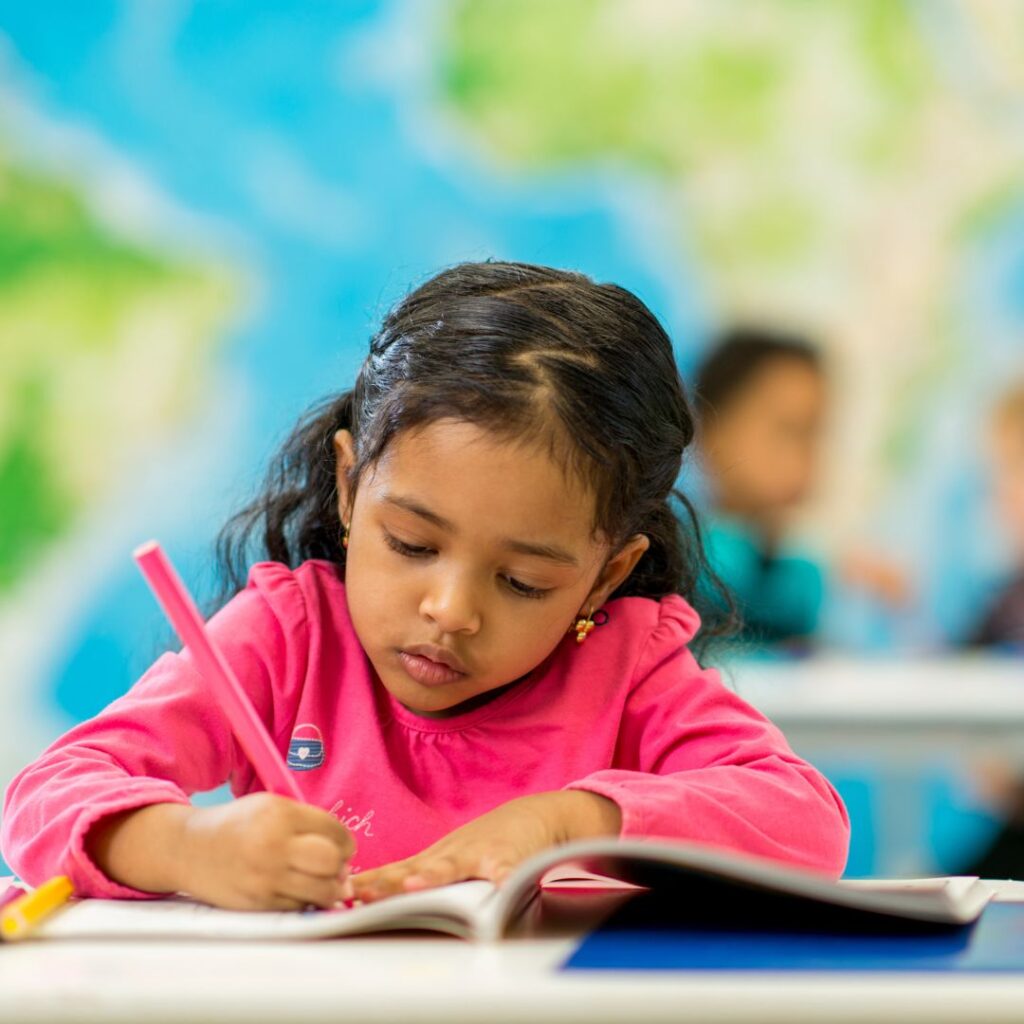
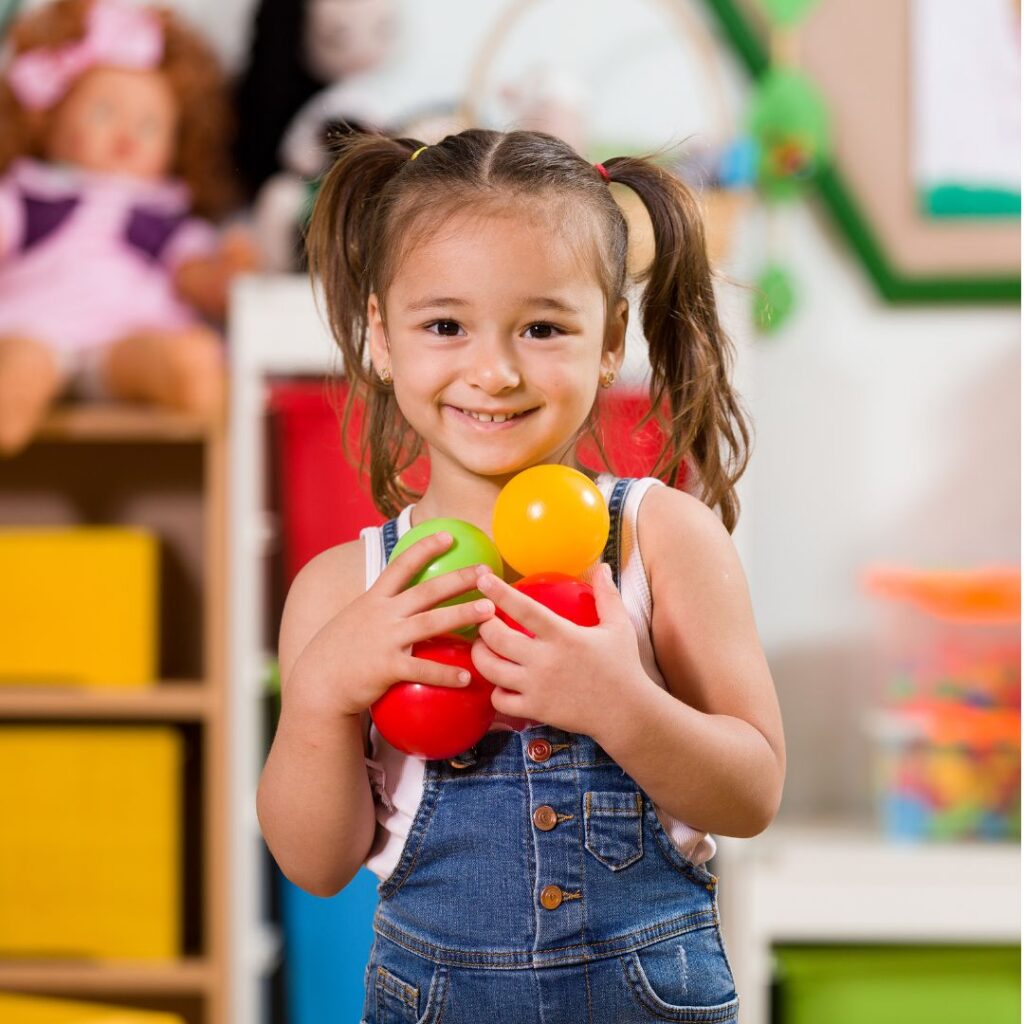

Freedom Within Limits
- Children choose activities but must follow classroom rules.
- Encourages self motivation and discipline.
Practical Life Skills
Sensorial Activities
Language Development
Mathematics
Cognitive Skills

Howard Gardner's Multiple Intelligences
This theory suggests that traditional psychometric views of intelligence are too limited. Gardner first outlined his theory in his 1983 book Frames of Mind: The Theory of Multiple Intelligences where he suggested that all people have different kinds of “intelligences.”
Gardner proposed that there are eight intelligences and has suggested the possible addition of a ninth known as “existentialist intelligence.”
To capture the full range of abilities and talents that people possess, Gardner theorises that people do not have just an intellectual capacity but have many kinds of intelligence including musical, interpersonal, spatial-visual and linguistic intelligences.
While a person might be particularly strong in a specific area such as musical intelligence, they most likely possess a range of abilities. For example, an individual might be strong in verbal, musical and naturalistic intelligence.
Here, we are trying to analyse and boost multiple intelligences through our Montessori materials mapped with books and worksheets.
Play-based Learning
As per the NEP rule, children should have a play-way method of learning. It is a child-centred approach that recognises the importance of hands-on experiential learning in early childhood. It involves providing children with a variety of opportunities for unstructured play as well as structured play activities that are designed to teach specific skills and concepts.
During play-based learning, children are encouraged to explore, discover and experiment with materials, objects and concepts in a safe and supportive environment. This helps them develop their problem-solving skills, critical thinking skills and creativity as well as their physical, social and emotional development.
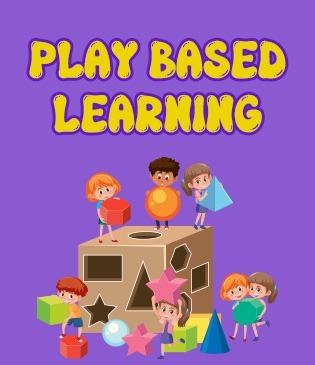
Gross Motor Skills
Gross motor skills are physical skills that involve the use of large muscles in the body. They are important for everyday activities like walking, running and jumping.
Examples of gross motor skills in preschoolers:
Standing on one foot
Throwing and catching a ball
Hopping on one foot
Heel-to-toe walking & much more
Activities that help develop gross motor skills:
Obstacle courses, dancing and playing on age-appropriate playground equipment.
Other aspects of gross motor skills:
Balance, coordination, body awareness, spatial awareness and reaction time.
If a child’s gross motor development is delayed, they may be prescribed pediatric physical therapy.
Children are also able to practice important social skills such as sharing, taking turns and communication as they engage in collaborative play with their peers.
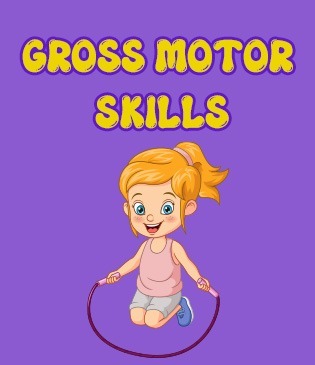
Storytime
Storytime is an important part of Le Papillon education as it helps to promote language development, literacy skills and a love of reading. During storytime, children gather together to listen to a teacher or adult read a book or story aloud, through puppet shows, by enacting the characters or through videos.
At Le Papillon International Preschool, we have made storytime a part of our Fun Day activity, where children sit relaxed on their bean bags and enjoy their story.
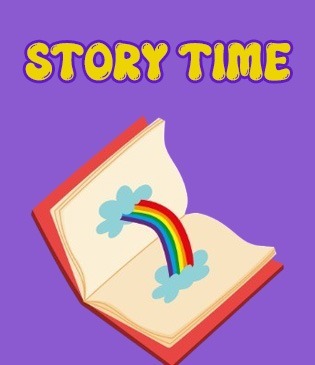
Circle time
Circle time is a daily routine that is often used in Le Papillon classrooms to promote socialisation, communication and learning. During circle time, children gather together in a circle with their teachers to engage in a variety of activities such as songs, games, stories and discussions.
One of the main benefits of circle time is that it provides children with a structured opportunity to develop their social skills. By participating in group activities and engaging in conversation with their peers and teachers, children are able to practise important social skills such as listening, sharing, taking turns and following rules.
